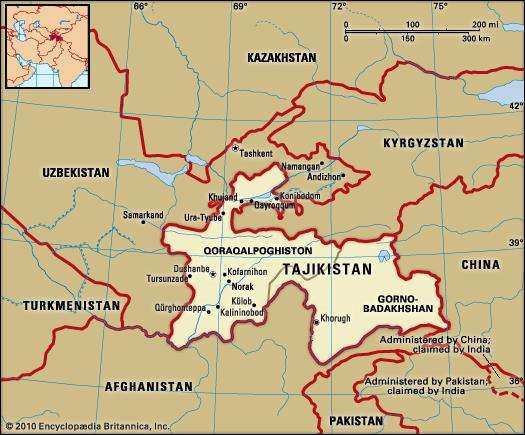Ambubachi Mela
- Ambubachi Mela is a four-day fair to mark the annual menstruation of the goddess at Kamakhya temple in Nilachal Hills in Guwahati, Assam.
- Kamakhya temple is one of 51 shaktipeeths or seat of Shakti followers.
- Shakti peeth is originated based on the story of the death of goddess Sati.
- God Shiva who held her dead body, then started his dance of destruction, causing Sati's body to disintegrate and fall into pieces.
- The sites where these portions of Sati goddess fell, are the Shakti peeth.
- Kamakhya temple’s sanctum sanctorum houses the yoni - female genital symbolised by a rock.
- Ambubachi Mela is also considered as an occasion to promote awareness on menstrual hygiene.
- This ritualistic fair is one of the reasons why the taboo associated with menstruation is less in Assam compared with other parts of India.
- Four Major Shakthi Peeths in India - Jagannath Temple, Puri; Kamakhya Temple near Guwahati; Dakshina Kalika in Kolkata; Tara Tarini near Brahmapur, Odisha.
Spanish Flu
- The outbreak of Spanish Flu in 1918 is the history’s worst known infectious disease.
- It is considered to be one of the global pandemics that causes death of 40 millions in 1918-1919 across the world.
- Influenza is a virus that is known to cause the flu.
- The virus attacks mainly the upper respiratory tract such as the nose, throat and bronchi and rarely also the lungs.
- The different types of influenza include A, B and C.
- The serotypes of influenza A virus like the H1N1, H5N1, H3N2, etc., have caused pandemics in humans.
- H1N1 is the strain that caused Spanish outbreak which acquired the ability to infect humans and then to become transmissible among humans.
- The virus is easily passed from person to person through the air by droplets and small particles excreted when infected individuals cough or sneeze.
- The influenza virus enters the body through the nose or throat and takes between 1 to 4 days for the person to develop symptoms.
- Disease spreads very quickly among the population especially in crowded circumstances.
- Cold and dry weather enables the virus to survive longer outside the body than in other conditions and, as a consequence, seasonal epidemics in temperate areas appear in winter.
Indo-UN Small Satellites Programme (UNSSP)
- UNSSP is launched by ISRO to train 90 qualifying engineers from various countries to build and test three small satellites each year.
- ISRO’s Bengaluru-based U.R. Rao Satellite Centre (URSC) until recently known as ISAC will train the overseas students.
- Students will be hosted in Bengaluru for two months each year and work in three annual batches of 30.
- This capacity-building programme is in response to a request that the UN Office for Outer Space Affairs had made to space-faring nations last year.
- UNISPACE+50 - It is an event marking the 50th year of the first UN Conference on the Exploration and Peaceful Uses of Outer Space.
Eruption of Japan Volcano
- A Japanese volcano that figured in a 1960s James Bond movie erupted explosively.
- Shinmoedake volcano is in the southernmost main island of Kyushu, Japan.
- It is located in a mainly rural area about 985 km from Tokyo.
- It recently erupted after a strong earthquake of 6.1 magnitude shook the country’s west Osaka region.
- Few months back, “Mount lo” erupted for the first time after 250 years.
- It is a part of the Mount Kirishima group of volcanoes and located few kilometres away from Shinmoedake.
Country in news – Tajikstan
- A high level global conference on “International Decade for Action: Water for Sustainable Development” was recently organised in Tajikstan.
- Tajikstan lies in the heart of Central Asia.
- It is bordered by Kyrgyzstan on the north, China on the east, Afghanistan on the south, and Uzbekistan on the west and northwest.
- Tajikistan was a constituent (union) republic of the Soviet Union from 1929 until its independence in 1991. The capital is Dushanbe.
- The Trans-Alay range, part of the Tien Shan system, reaches into the north and peaks of the Pamir mountain system occupy the southeast.
- The largest valley is the western portion of the Fergana Valley in the north.
- Lake Karakul, is the largest lake lying at an elevation of about 13,000 feet.

Source: The Hindu
